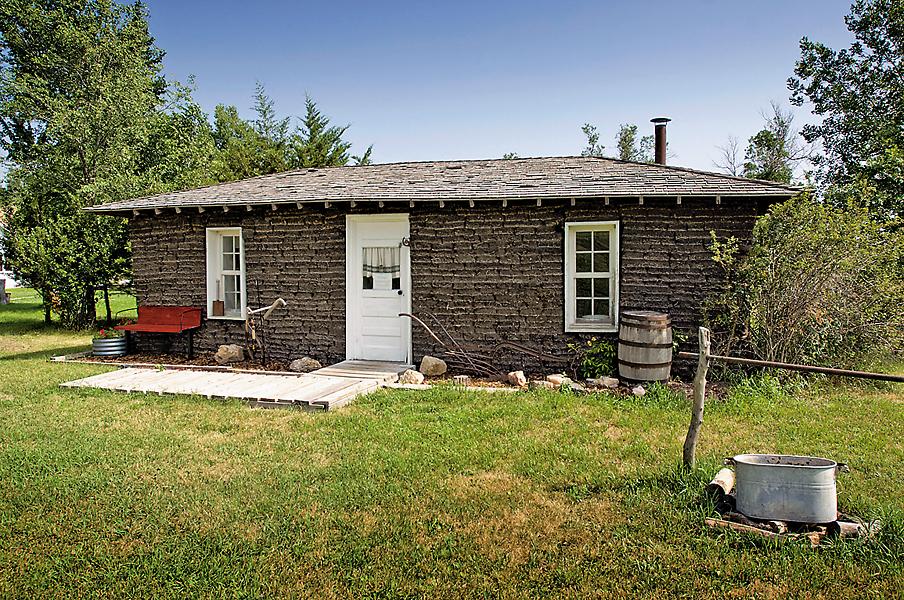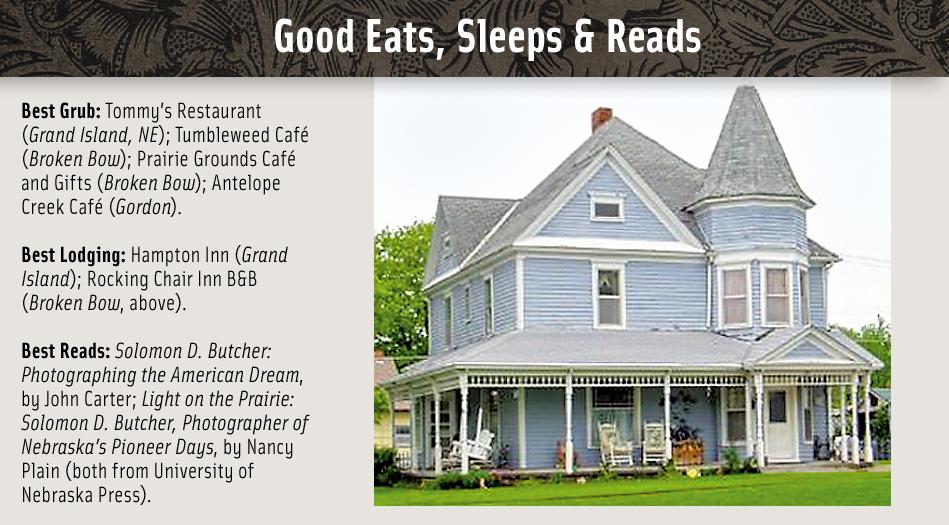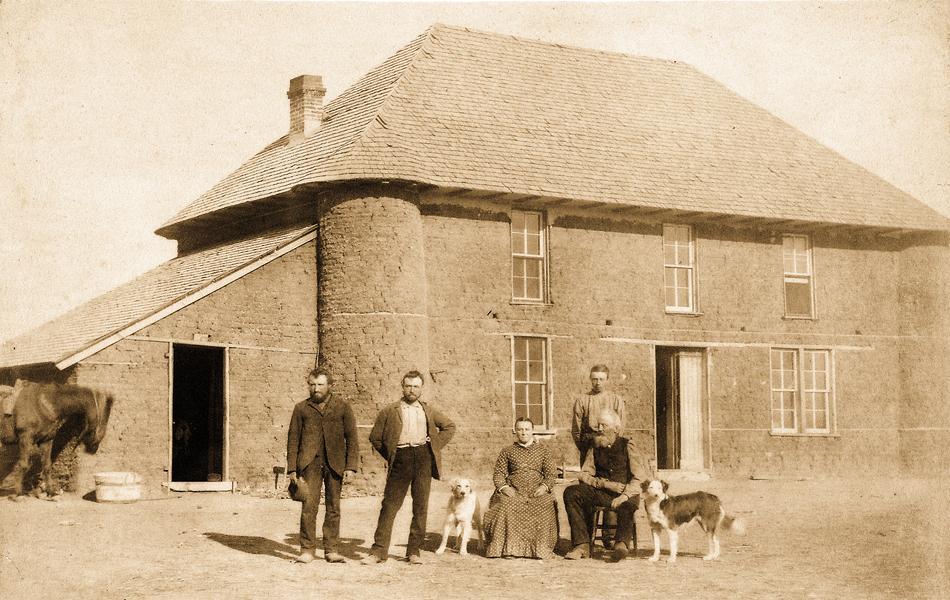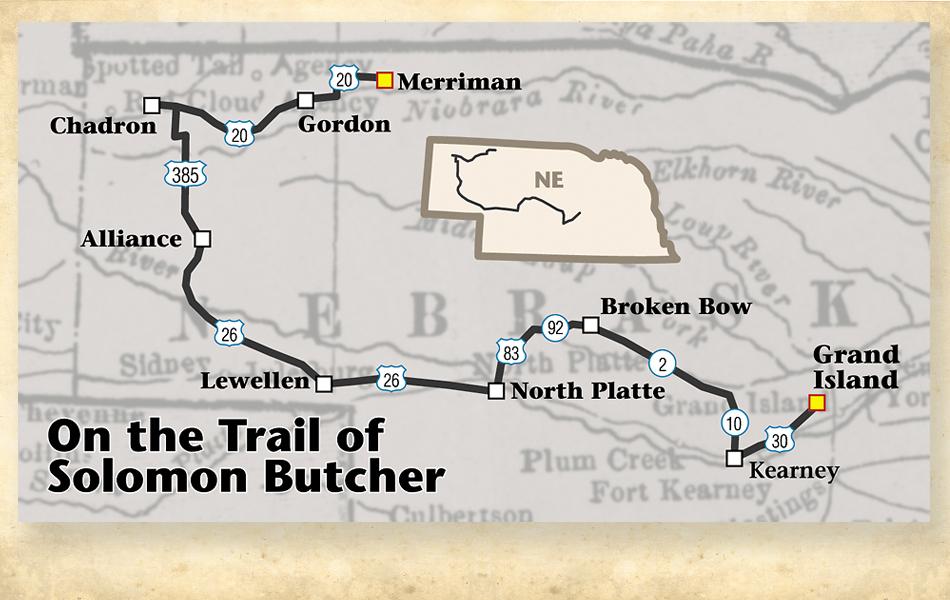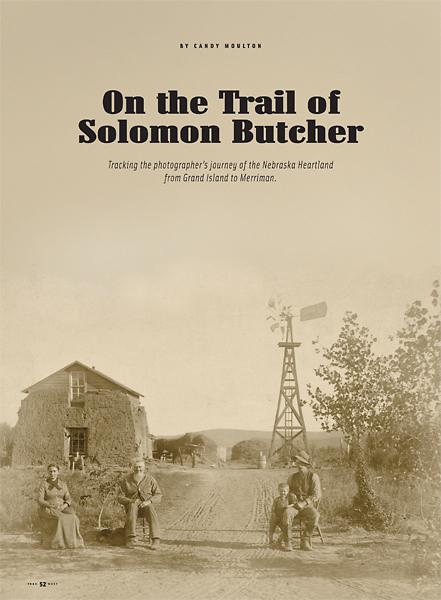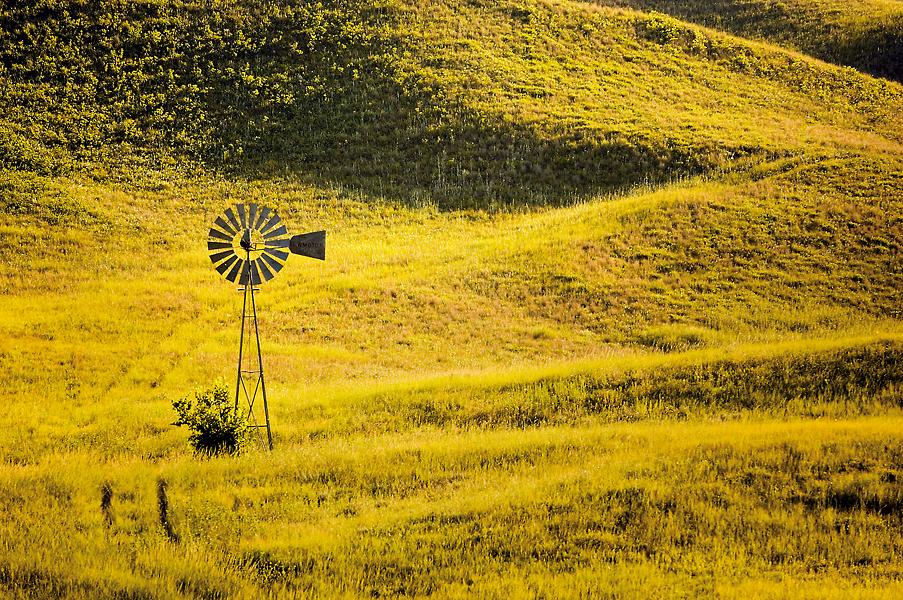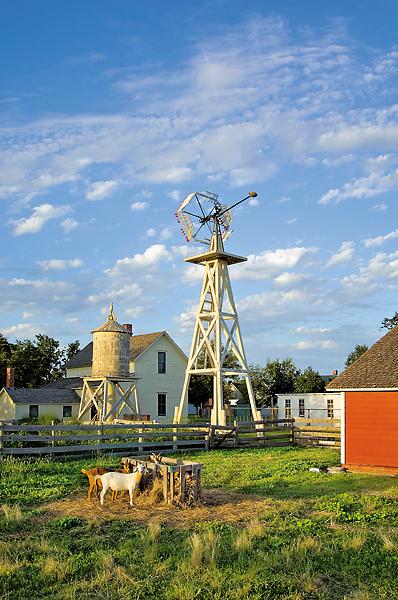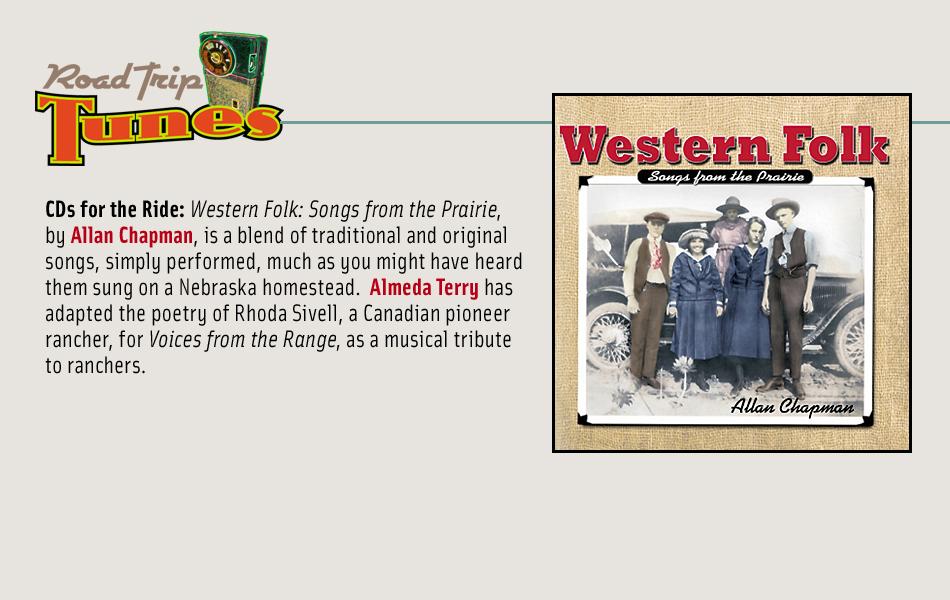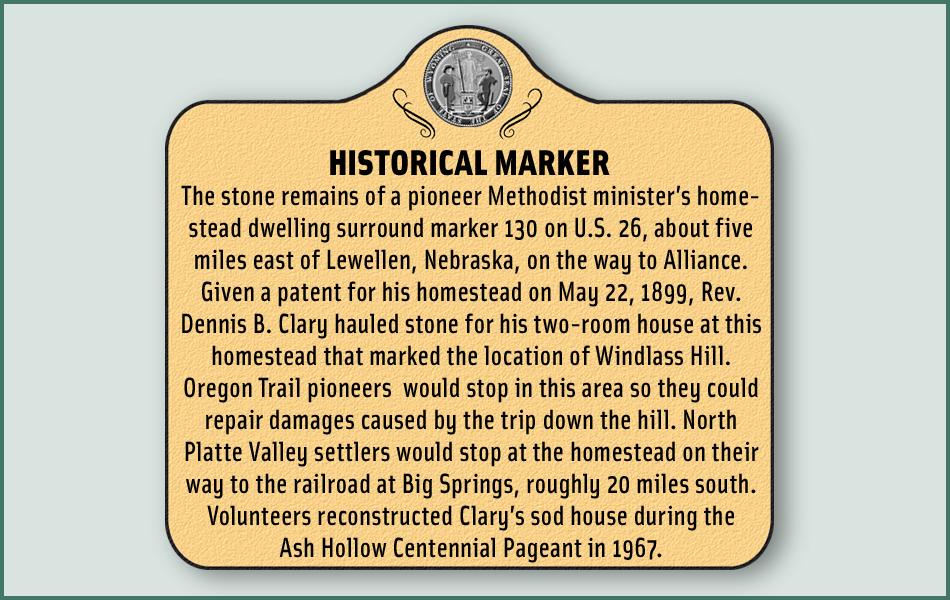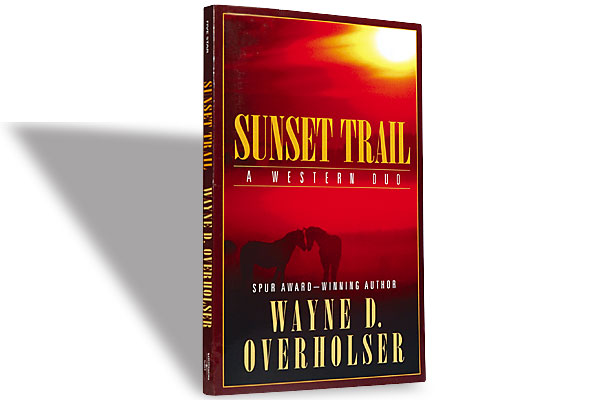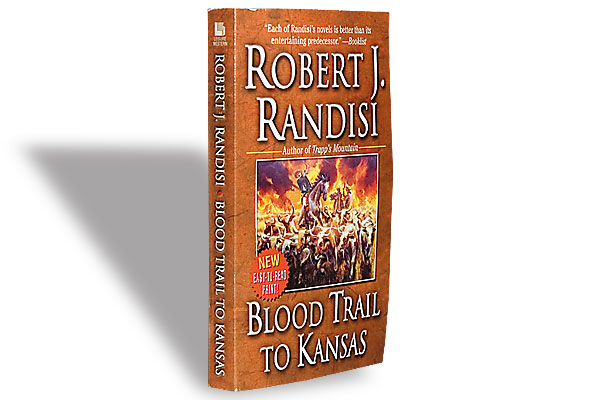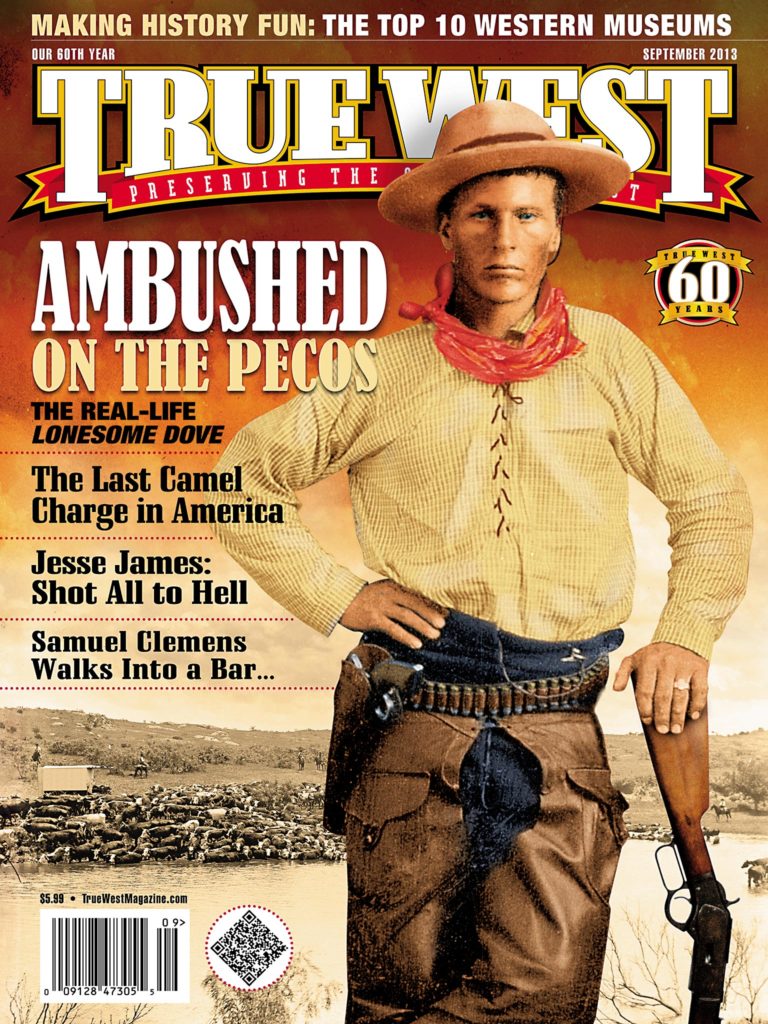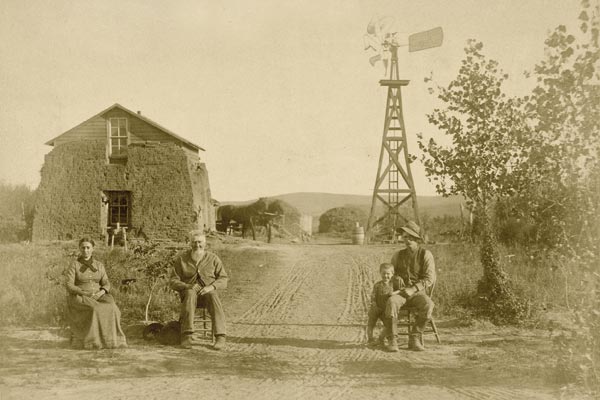 Solomon Butcher first saw Nebraska in 1880 when he claimed homestead land in northeast Custer County.
Solomon Butcher first saw Nebraska in 1880 when he claimed homestead land in northeast Custer County.
He had been working in Ohio as a traveling salesman, but joined his father, brother George and brother-in-law J.R. Wabel when they migrated from Illinois to Custer County to take homestead claims. Not unlike other Plains homesteaders, Solomon made his first home by stretching a wagon cover over a hole in the ground.
Pioneering did not suit him one iota, and he shortly turned his claim back to the government. A bit of a tumbleweed, Butcher blew back to Minneapolis where he attended Minnesota Medical College and met Lillie Barber Hamilton. They married and, in October 1882, returned to Nebraska where he started teaching school. As a young man, he had worked as an apprentice to a tin-typist, learning about photography. Now back in Nebraska, where he found work teaching school, he saved up his money and purchased a photographic outfit.
Once again he obtained some land, built an unimposing structure, part of it out of sod, and used it as a studio and living quarters. But he was not content there and soon moved from town to town, staying one step ahead of full poverty, but being certain of one thing: he did not want to return to homesteading.
Butcher’s love of photography drew him back to the land however, and he set out on a journey to document the lives of pioneers. His canvas was a glass photographic plate, and the Nebraska heartland—most specifically Custer County—became his inspiration. Beginning in 1886 and continuing for the next 25 years, he carried his equipment from one homestead to another, from town to town, documenting people and their lives. His more than 1,500 photographs of sod house settlers are the greatest collection of pioneer photos in the country. He also took about 2,500 images that show other aspects of life, primarily in Nebraska, although he did work in South Dakota and other regions.
His photographs are iconic. They show the land, the homes, the farms and, most of all, the people. They range from a photo of himself in front of his dugout to a picture of an extended Nebraska family, including grandparents, parents and children, surrounded by the family’s treasures: chairs, cows, horses, wagons, an organ and other household goods.
Grand Island City
We’ll start our journey into the Nebraska prairie lands Butcher photographed in Grand Island. The Stuhr Museum of the Prairie Pioneer provides a glimpse into that earlier lifestyle that he captured on glass plate negatives.
Although the Stuhr Museum has an earth lodge of the type the Pawnees would have used, to see the era of the pioneers, you will want to take a tour of the log cabin settlement, which has eight structures representative of the 1850s and 1860s, from various locations in the region.
An early example of a homesteader cabin from Hall County, is the Menck Cabin, built in 1859 of cottonwood logs, by Christian H. Menck. This German claimed land just east of Grand Island. German brothers John, Henry and James Vieregg built the Vieregg cabin in Merrick County. With three of them to share the construction, this cabin, also now at the Stuhr Museum, is quite large at 20 feet by 40 feet, twice as long as the Menck cabin.
Many German settlers left their homesteads and relocated when the Union Pacific Railroad built the Grand Island Station in 1866. Some of them hitched ox teams and dragged their frame buildings to a new site near the railroad; as a result, the town grew quite rapidly. When a United States Land Office opened, the stake was clearly set for Grand Island City.
The Stuhr Museum also features other early settlement structures, including an area representing farming in the 1890s. You can see the Cleary Farmhouse, once the home of German farmers Julius and Lena Kroll, a summer kitchen, a hired man’s house, the rural Immanuel Evangelical Lutheran Church and a rural schoolhouse. These structures represent the community of Runelsburg, which was bypassed by the railroad and therefore never became as prosperous as Grand Island.
If you feel as though you may have been at the Stuhr Museum before, perhaps you have seen it previously. Three major television specials were filmed at the museum, and each of them won Emmy Awards. They include My Antonia, based on the Willa Cather novel and staring Jason Robards, Eva Marie Saint and Neil Patrick Harris, Sarah, Plain and Tall, featuring Glenn Close and Christopher Walken and David de Vrie’s Home at Last.
During the summer of 2013, filming was expected to take place in the log cabin area of the museum for the upcoming feature film The Homesman, based on a novel by Glendon Swarthout and starring Tommy Lee Jones, Meryl Streep and Hilary Swank.
Nebraska Sandhills
The rolling grassland of the Nebraska Sandhills attracted Pawnees, who followed the bison as they moved across the Great Plains, and it also attracted homesteaders. Butcher is most known for his photographs and writings about settlers in Custer County, and one place to learn more about him and his work is in Broken Bow, the county seat.
The Custer County Historical Society Museum re-creates the Wescott, Gibbons and Bragg General Merchandise Store of Comstock by showing most of the store’s original display cases and merchandise, as well as a drug store that operated within the store. Some of Butcher’s original photographs are on display, given to the museum by the pioneer families they represent.
While Butcher spent most of his photographic time capturing the sod house pioneers in Custer County, he did venture to other parts of Nebraska. He even lived in Kearney for a few years.
From Broken Bow, continue west. At Halsey, you can see the only hand-planted forest in the United States. The roughly 140,000-acre Nebraska National Forest includes the Charles E. Bessey Nursery, which is the oldest tree nursery in the U.S. Forest Service, providing 2.5 million to three million seedlings each year.
In Alliance, check out the regional history on display at the Knight Museum and Sandhills Center or take a tour of Dobby’s Frontier Town, with a collection of original and replica buildings that include a general store, post office, straw bale house and a bootlegger’s cabin.
To get a sense of what it would be like to live in one of the pioneer homes, head north of Alliance to Chadron and step into the replica dugouts at the Museum of the Fur Trade, which interprets an even earlier era in Nebraska’s history.
Butcher also traveled north into South Dakota, where he photographed Lakotas on Pine Ridge shortly after the 1890 massacre at Wounded Knee. If you wish, on your way to Gordon, you can divert north at Rushville, to visit Pine Ridge.
Gordon is ranch country, known as the home stomping grounds of the great Western writer Mari Sandoz and her father Old Jules, whom she immortalized in the book of the same name. To learn more about the Sandoz homestead or to see the working gear of the cowboys, visit the Tri-State Old Time Cowboys Memorial Museum, which has a chuckwagon and saddles, chaps, spurs, tools and gear used on ranches in the area, with some items dating from the late 19th century.
Continue east from Gordon to Merriman for a visit to the Bowring, a working cattle ranch with a visitors’ center that focuses on the lives of Arthur and Eva Bowring, who both served in the U.S. House of Representatives. The original Bowring House includes antique china and glassware, and you can also visit the furnished sod house that served as an earlier home for the family.
Homesteads Saved
Butcher traveled this landscape and took approximately 4,000 photographs during his career, most of them on large glass plates. He moved from place to place, each time carefully packing and hauling all of the glass plates. Eventually he found the thought of hauling his photographic collection a bit daunting, so he began negotiations to turn the collection over to the Nebraska Historical Society.
Butcher was more of an artist with a camera than he was a businessman; he sold the collection for just $600. That freed him from hauling around the glass plates and gave him a bit of spending money. He likely never realized that his photographs would become priceless representations of homesteader and pioneer life.
Butcher not only took thousands of photographs that represent the pioneer settlement era of Nebraska, he also collected stories of the people. Although his earliest manuscript was destroyed in a fire that burned his home, he rewrote the pioneer sketches and, in 1901, published Pioneer History of Custer County and Short Sketches of Early Days in Nebraska. While living in Kearney, he completed his second book, Sod Houses on the Development of the Great American Plains. He would later travel to Colorado, Oregon and Wyoming and take even more photographs. He died in Greeley, Colorado, in 1927, never knowing how his work would endure and become one of the greatest insights into the experience of homesteading.
Candy Moulton hangs her hat near Encampment, Wyoming, when she is not on the road seeking out stories of the American West.
Photo Gallery
– All Butcher photos courtesy Library of Congress –
– All travel photos courtesy Nebraska Tourism –


